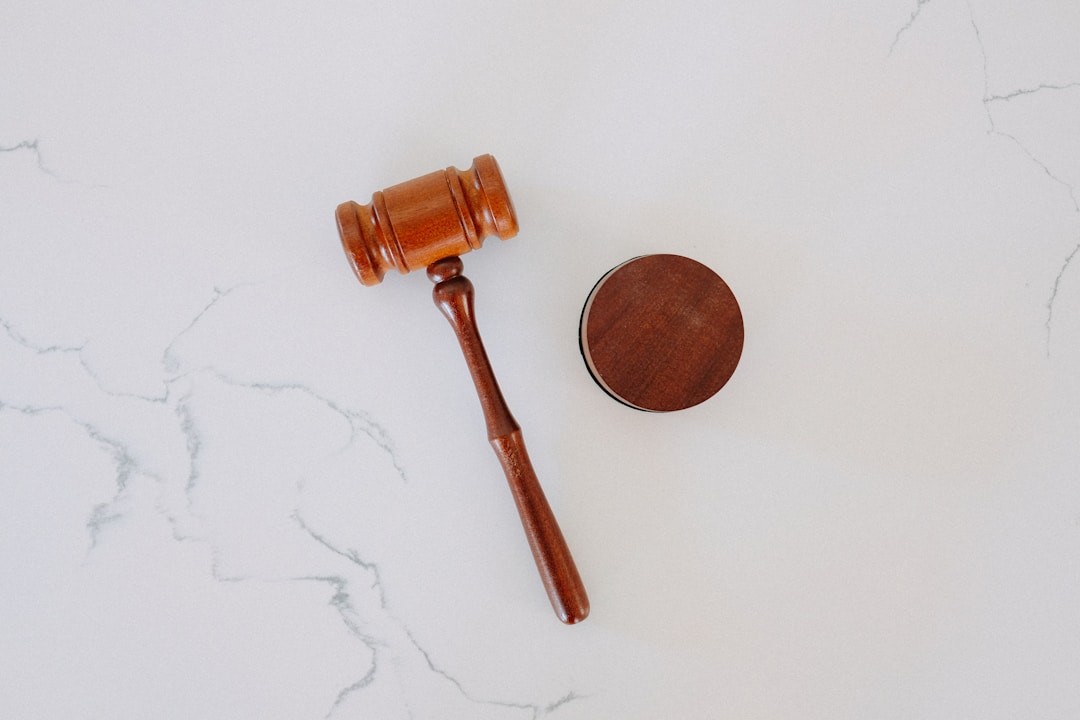Understanding the Basics of Personal Injury Law

Personal injury law, often known as tort law, deals with civil cases where a plaintiff claims to have been harmed physically, emotionally, or financially due to the negligence of another person. Personal injury cases can arise from a variety of incidents, including car accidents, slip and fall accidents, workplace accidents, and medical malpractice, just to name a few.
The key element in a personal injury case is negligence. For you to win your case, you must prove that the defendant behaved in a way that a reasonably prudent person would not under the same circumstances, ultimately leading to your accident and causing your injuries. In most cases, proving negligence requires demonstrating that the defendant had a duty of care towards you, they breached that duty, and as a result, you suffered damages.
It’s worth noting that every state has its own set of personal injury laws, and these laws may vary significantly. Therefore, becoming familiar with the personal injury laws in your state is essential during this process. In fact, hiring a local personal injury attorney Chicago might be in your best interest as they’d be well-versed in your local laws and regulations, giving you an advantage in your case.
Important Steps in the Pre-Litigation Stage
Filing a personal injury lawsuit involves different pre-litigation steps. The first one usually entails seeking immediate medical attention following the accident. Not only will this ensure your well-being, but it will also provide crucial evidence through medical records that will help verify that your injuries resulted from the accident.
The next step involves contacting your insurer and the insurer of the person or entity that caused your injuries. Keep conversations with insurance agents to a minimum and avoid making recorded statements without consulting with a lawyer. Anything you say can be used against you and potentially reduce or negate your compensation.
The initial stages of your personal injury lawsuit also involve documenting everything about your case. This documentation may include police reports, medical records, photographs of your injuries and the accident scene, contact info of witnesses, and anything else that can help strengthen your case. It’s vital to approach this step meticulously as the success of your lawsuit heavily relies on the strength of your evidence.
Consulting with a Personal Injury Attorney

While you may feel confident in your ability to pursue a lawsuit on your own, working with a personal injury attorney can significantly increase your chances of success and the amount of your potential compensation. Personal injury attorneys specialize in these types of cases and have extensive knowledge and experience regarding the laws, procedures, and tactics used in this area of law.
A personal injury attorney will take over negotiations with insurance companies, gather and analyze the necessary documentation to prove negligence and calculate damages, and represent you in court, if necessary. They are well-equipped to offer you sound legal advice specific to your case and ensure that your rights are protected throughout the process.
Most importantly, most personal injury lawyers work on a contingency fee basis, which means that they only get paid if they win your case and you receive compensation. Therefore, they are motivated to ensure the best possible outcome for your case.
Initiating The Lawsuit
If your lawyer is unable to reach a fair settlement agreement with the insurance company during the negotiation stage, it may be necessary to initiate a lawsuit. This process is initiated when your attorney files a complaint or a petition with the court. This legal document, also known as a pleading, outlines the facts of your case, describes the defendant’s behavior leading to your injuries, and demands a certain amount of damages.
The defendant then is served with the complaint and must respond within a specific timeframe. This response, also known as an answer, either denies or admits to the allegations outlined in the complaint and might even present counterclaims against the plaintiff.
Make sure to discuss the timeline and process of the lawsuit extensively with your lawyer. Ensure you understand when and how you’ll be required to participate in each phase of your trial.
Discovery and Pre-Trial Motions

After the lawsuit is initiated, both parties enter the discovery phase. This is the time when each side investigates the other party’s legal claims and defenses. They send questions and demand documents and other evidence. Both parties may also take depositions of all relevant parties and witnesses in the case.
During the discovery phase, parties can also file pre-trial motions. These motions can request the court to take certain actions, such as dismissing the case if there’s no valid legal claim or preventing certain evidence from being presented at trial. How your counsel navigates this stage can significantly impact the trajectory of your case.
At this stage, you may also receive an offer to settle the case. Deciding whether to accept a settlement is a critical decision that you should make in consultation with your attorney.
The Trial Phase
If your case can’t be settled, you’ll proceed to trial. During the trial, your lawyer will present evidence, call witnesses, and make arguments aiming to persuade the jury that the defendant was indeed negligent, thereby causing your injuries. They will also demonstrate the extent of your damages, including medical bills, loss of income, property damage, pain and suffering, and any other costs you incurred as a direct result of your injuries.
The defendant has the same chance to present their defense, argue that some pre-existing condition was to blame for your injuries, or maybe even emphasize how you may have been partially at fault for the accident that led to your injuries, thereby trying to reduce the compensation they owe you.
The final verdict lies in the hands of the jury who will decide if the defendant was negligent, and if so, how much they owe you in damages. This decision is typically based on the evidence and arguments presented by both parties during the trial.
Post-Trial Actions
After the trial verdict, there’s room for post-trial motions and potentially an appeal. Parties typically file post-trial motions to either overturn the jury’s verdict or request a new trial. If your case ends in favor of the defendant, don’t lose hope. Discuss your options with your attorney. They might suggest filing an appeal if there’s a credible basis to challenge the court’s decision.
However, if you win your case, keep in mind that collecting the awarded damages may not be immediate. The defendant can appeal the decision, which can delay the payment process. Or the losing party may simply not have sufficient assets or insurance to pay the judgment.
Working closely with your lawyer to understand the potential post-trial scenarios is essential. This way, you’ll know what to expect and how to appropriately respond throughout every step of the legal process until its conclusion.
In conclusion, filing a personal injury lawsuit can be a complex and time-consuming process. But with an understanding of the various stages involved and guidance from an experienced attorney, you can move forward with your lawsuit more confidently, seeking the justice and compensation to which you are entitled. Remember: your health and well-being are paramount, and the goal of a personal injury lawsuit is to secure you the financial assistance you need to recover and move forward with your life.



















